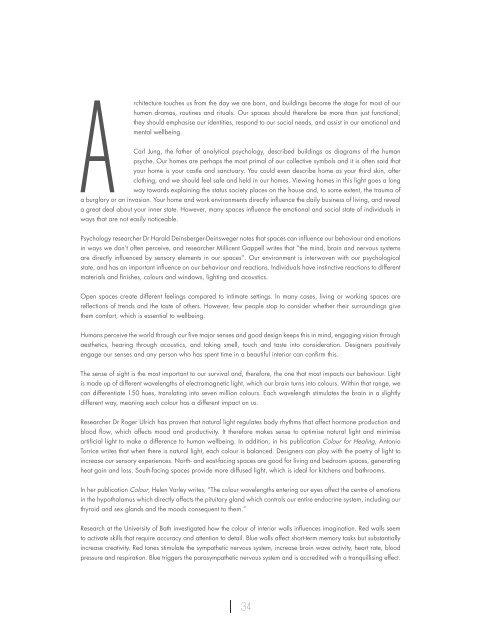DEKAT DIGITAL 2019 - 2020
DEKAT Magazine is the custodian of Afrikaans Culture. Well known for exceptional photography and design, the 2022 luxury edition will delight you. You will find topical lead articles, lifestyle articles focusing on art, culture, design and décor, motoring, food and wine and travel. In addition, we find hidden stories, meet extraordinary people and share divine recipes with you. The 320-page book is a unique window into the lives of the Bohemians and the Eccentrics living on the Southern tip of Africa.
DEKAT Magazine is the custodian of Afrikaans Culture. Well known for exceptional photography and design, the 2022 luxury edition will delight you. You will find topical lead articles, lifestyle articles focusing on art, culture, design and décor, motoring, food and wine and travel. In addition, we find hidden stories, meet extraordinary people and share divine recipes with you.
The 320-page book is a unique window into the lives of the Bohemians and the Eccentrics living on the Southern tip of Africa.
You also want an ePaper? Increase the reach of your titles
YUMPU automatically turns print PDFs into web optimized ePapers that Google loves.
Architecture touches us from the day we are born, and buildings become the stage for most of our<br />
human dramas, routines and rituals. Our spaces should therefore be more than just functional;<br />
they should emphasise our identities, respond to our social needs, and assist in our emotional and<br />
mental wellbeing.<br />
Carl Jung, the father of analytical psychology, described buildings as diagrams of the human<br />
psyche. Our homes are perhaps the most primal of our collective symbols and it is often said that<br />
your home is your castle and sanctuary. You could even describe home as your third skin, after<br />
clothing, and we should feel safe and held in our homes. Viewing homes in this light goes a long<br />
way towards explaining the status society places on the house and, to some extent, the trauma of<br />
a burglary or an invasion. Your home and work environments directly influence the daily business of living, and reveal<br />
a great deal about your inner state. However, many spaces influence the emotional and social state of individuals in<br />
ways that are not easily noticeable.<br />
Psychology researcher Dr Harald Deinsberger-Deinsweger notes that spaces can influence our behaviour and emotions<br />
in ways we don’t often perceive, and researcher Millicent Gappell writes that “the mind, brain and nervous systems<br />
are directly influenced by sensory elements in our spaces”. Our environment is interwoven with our psychological<br />
state, and has an important influence on our behaviour and reactions. Individuals have instinctive reactions to different<br />
materials and finishes, colours and windows, lighting and acoustics.<br />
Open spaces create different feelings compared to intimate settings. In many cases, living or working spaces are<br />
reflections of trends and the taste of others. However, few people stop to consider whether their surroundings give<br />
them comfort, which is essential to wellbeing.<br />
Humans perceive the world through our five major senses and good design keeps this in mind, engaging vision through<br />
aesthetics, hearing through acoustics, and taking smell, touch and taste into consideration. Designers positively<br />
engage our senses and any person who has spent time in a beautiful interior can confirm this.<br />
The sense of sight is the most important to our survival and, therefore, the one that most impacts our behaviour. Light<br />
is made up of different wavelengths of electromagnetic light, which our brain turns into colours. Within that range, we<br />
can differentiate 150 hues, translating into seven million colours. Each wavelength stimulates the brain in a slightly<br />
different way, meaning each colour has a different impact on us.<br />
Researcher Dr Roger Ulrich has proven that natural light regulates body rhythms that affect hormone production and<br />
blood flow, which affects mood and productivity. It therefore makes sense to optimise natural light and minimise<br />
artificial light to make a difference to human wellbeing. In addition, in his publication Colour for Healing, Antonio<br />
Torrice writes that when there is natural light, each colour is balanced. Designers can play with the poetry of light to<br />
increase our sensory experiences. North- and east-facing spaces are good for living and bedroom spaces, generating<br />
heat gain and loss. South-facing spaces provide more diffused light, which is ideal for kitchens and bathrooms.<br />
In her publication Colour, Helen Varley writes, “The colour wavelengths entering our eyes affect the centre of emotions<br />
in the hypothalamus which directly affects the pituitary gland which controls our entire endocrine system, including our<br />
thyroid and sex glands and the moods consequent to them.”<br />
Research at the University of Bath investigated how the colour of interior walls influences imagination. Red walls seem<br />
to activate skills that require accuracy and attention to detail. Blue walls affect short-term memory tasks but substantially<br />
increase creativity. Red tones stimulate the sympathetic nervous system, increase brain wave activity, heart rate, blood<br />
pressure and respiration. Blue triggers the parasympathetic nervous system and is accredited with a tranquillising effect.<br />
34





